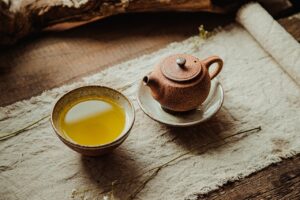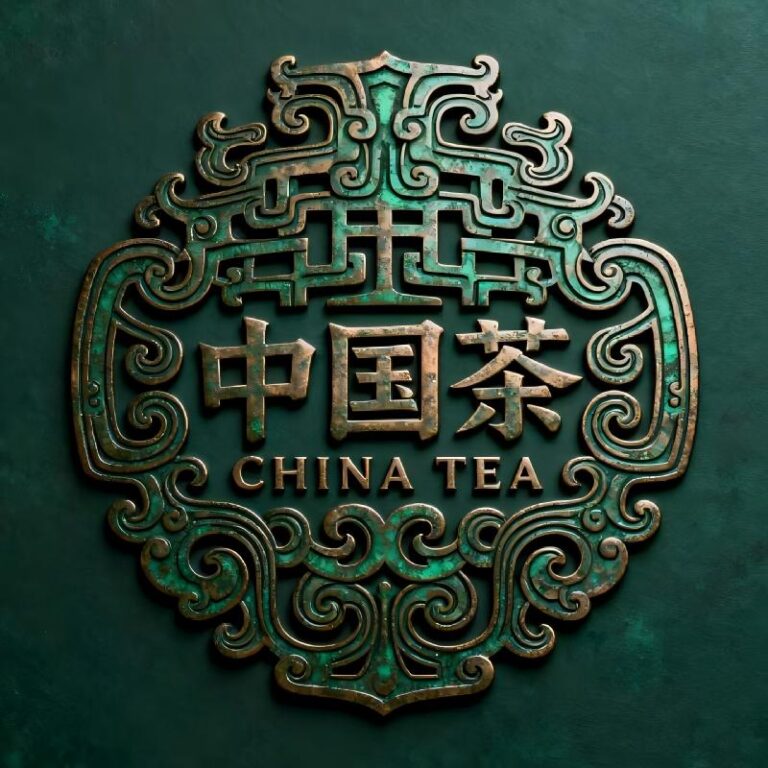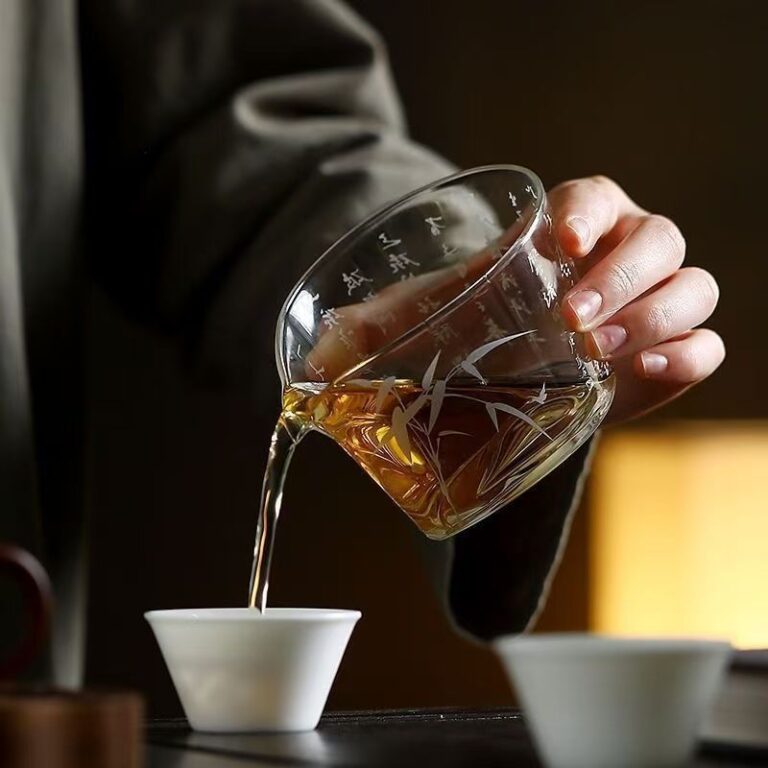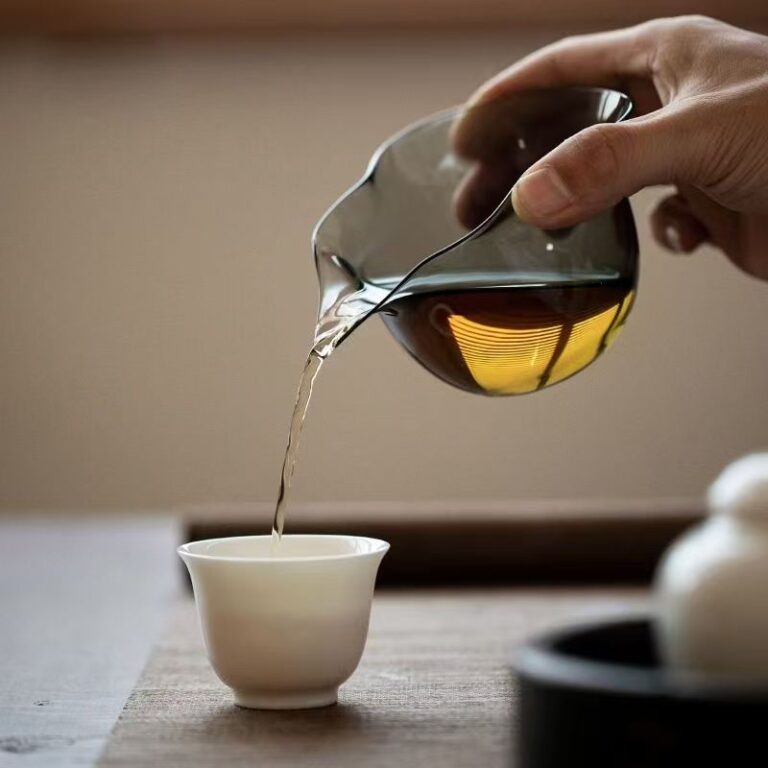Free Shipping On Orders Over $59
Across continents and cultures, tea is more than just a beverage—it is a ritual, a comfort, and a bridge between people. Yet, among all the world’s teas, Chinese tea holds a unique and enduring global appeal. From London to Tokyo, from Cairo to Los Angeles, the influence of China’s tea culture is unmistakable. But what makes Chinese tea so beloved worldwide?
The answer lies in a remarkable combination of history, craftsmanship, diversity, health, and philosophy—all steeped in thousands of years of tradition.
1. The Power of Origin: Where the Story of Tea Began

Every cup of Chinese tea carries a sense of origin and authenticity. According to historical records from the Wikipedia Tea History archive, tea was born in China more than 4,000 years ago. The earliest legends—like that of Emperor Shen Nong accidentally discovering tea leaves in his boiling water—reflect how deeply tea is rooted in Chinese civilization.
By the Tang Dynasty (618–907 AD), tea had evolved into a sophisticated culture as documented in Lu Yu’s “The Classic of Tea”—the world’s first known monograph on Chinese tea. This long, unbroken history gives Chinese tea a cultural prestige few beverages can match.
2. Extraordinary Diversity and Craftsmanship

One of the most compelling reasons for Chinese tea’s global popularity is its astonishing variety. From the same tea plant, Camellia sinensis, Chinese tea artisans have developed six major types—green, black (red), oolong, white, yellow, and Pu-erh—each with countless regional variations.
This diversity means there is a Chinese tea for every taste:
- Green teas like Longjing offer fresh, grassy notes
- Black teas such as Keemun bring deep, malty richness
- Oolong teas like Tieguanyin balance floral fragrance and smooth body
3. A Global Taste for Health and Wellness
Modern science has confirmed what ancient Chinese already believed: Chinese tea nourishes both body and mind. As noted in Health Benefits of Tea Research, tea contains numerous beneficial compounds that support wellness.
Rich in antioxidants and catechins, Chinese teas help boost metabolism and improve heart health. As global consumers increasingly pursue natural, healthy lifestyles, tea perfectly matches the moment.
4. The Art of the Experience: Ritual and Mindfulness
The traditional Gongfu Cha ceremony transforms tea making into a performance of mindfulness. Each step reflects a philosophy of balance and respect that resonates globally.
In our busy modern world, this ritualistic experience appeals to audiences seeking calm. Explore our guide to Chinese Tea Ceremonies to learn more about this beautiful tradition.
5. Cultural Symbolism and Timeless Aesthetics

Chinese tea culture carries philosophical depth and visual beauty that resonate worldwide. The Chinese view tea as a symbol of harmony between humans and nature—values that transcend borders.
6. Adaptability: Tradition Meets Modern Trends
Part of what keeps Chinese tea popular is its ability to evolve. From traditional brewing to modern bubble tea, Chinese tea continues to adapt while maintaining its cultural essence.
7. A Global Community United by Tea
Ultimately, Chinese tea’s worldwide popularity comes from its universal human appeal. It brings people together across cultures, creating shared moments of connection.
Conclusion: The World’s Favorite Leaf
So, why is Chinese tea so popular globally? Because it offers more than taste—it offers heritage, craftsmanship, wellness, and connection. Each cup tells a story of patience and beauty, inviting us to pause and savor.



